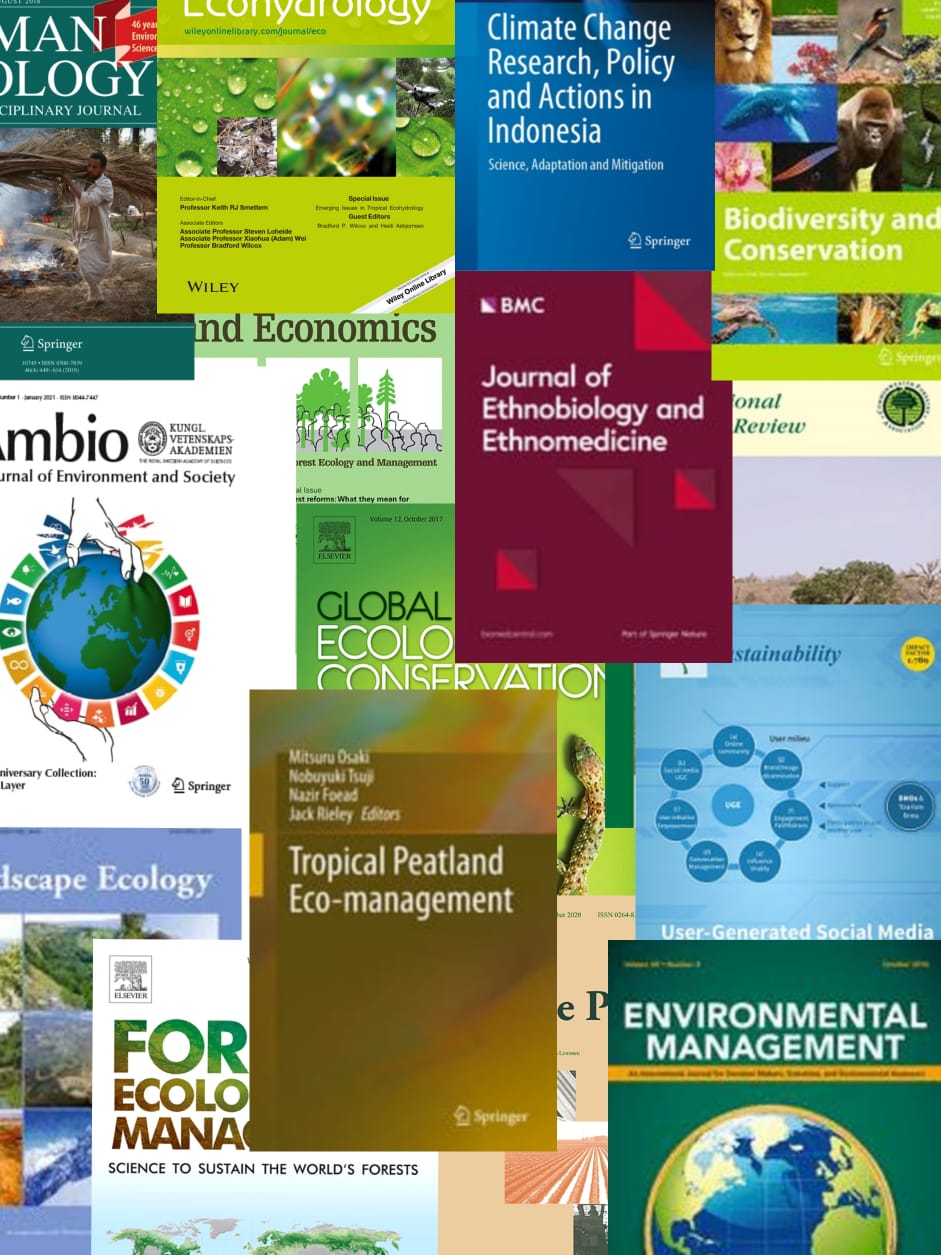The area of peatland in Indonesia reaches 13 million hectares, around 12.37%, 1.67 million hectares, used for plantations. Around 700 to 800 thousand ha are used for oil palm plantations, with a productivity of 20-25 tons/ha/year, this value is no less than that of other types of land. The purpose of this study was to analyze the social and economic impacts of oil palm plantation development, analyze the financial feasibility of cultivation on peat and non-peat lands and analyze the sustainable management model of oil palm plantations. The results of this study, the development of oil palm plantations has a positive impact on economic and social conditions. Social problems arose between the company and the community in the management of oil palm plantations when the government issued a moratorium on permits for the opening of oil palm plantations on peatland due to fire. The exploitation of oil palm on peatlands has lower benefits compared to mineral land. Management of oil palm plantations can be carried out on peatlands, but it is necessary to consider water regulation so that oil palm plantations are sustainable on peatland because peatlands are easily damaged land. © Published under licence by IOP Publishing Ltd.
View source

